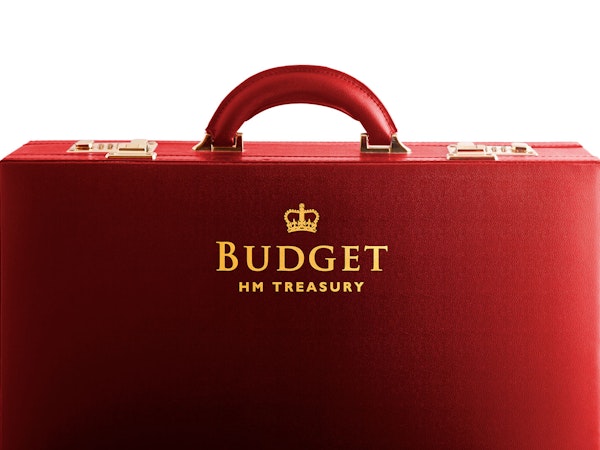The Chancellor’s first Spring Statement
Mr Hammond made clear some while ago that he wanted his Spring Statement to be a short financial briefing rather than a mini-Budget, complete with rabbit-out-of-hat announcements. Although his speech ran to 25 minutes, rather than the 15-20 that had been promised, the Chancellor stuck to a no-frills script.

There were no new tax measures and no spending changes. The Office for Budget Responsibility (OBR) trimmed its projections for government borrowing, but Mr Hammond simply banked the savings for his Autumn Budget. Spending will be subject to a detailed review in 2019.
While the Chancellor appeared to say little, his statement was followed by the publication of a range of documents covering areas including:
- English business rates The next revaluation of business property in England will be brought forward one year to 2021, with three-yearly revaluations thereafter.
- Entrepreneur’s relief A consultation paper was published on how to give entrepreneurs’ relief in circumstances where it would otherwise be lost because of a new share issue.
- VAT threshold The government issued a call for evidence on restructuring the VAT registration threshold to offer more incentives for small businesses to grow. There is some evidence that businesses deliberately limit growth to avoid crossing the existing £85,000 threshold (which has been frozen for the next two years).
- Tax and the digital economy There were several papers examining taxation issues surrounding the digital economy, including VAT and income tax leakage through internet trading platforms.
- Self-funded work-related training A consultation paper was published examining how to extend the existing tax relief framework to self-funded work-related training by employees and the self-employed.
Many of these documents will eventually result in legislation, but that does not mean no tax changes in the interim. The impact of last November’s Budget (and some earlier measures) will soon be felt with the start of the new tax year.





